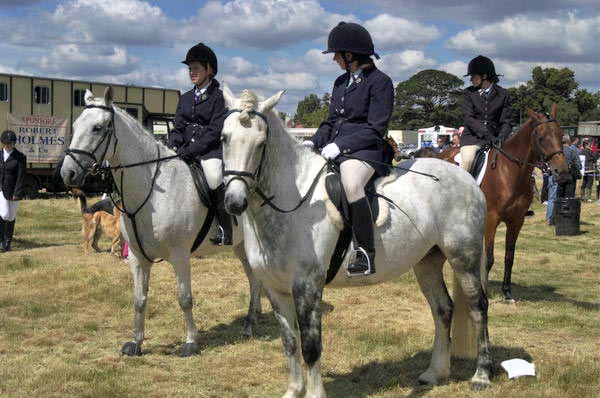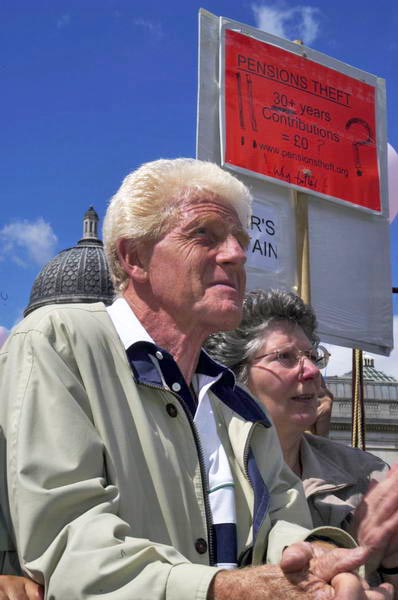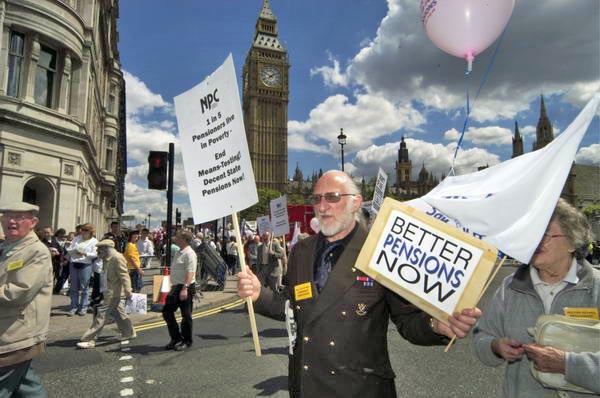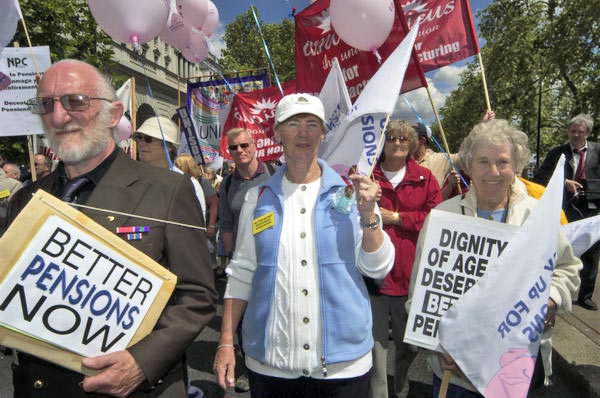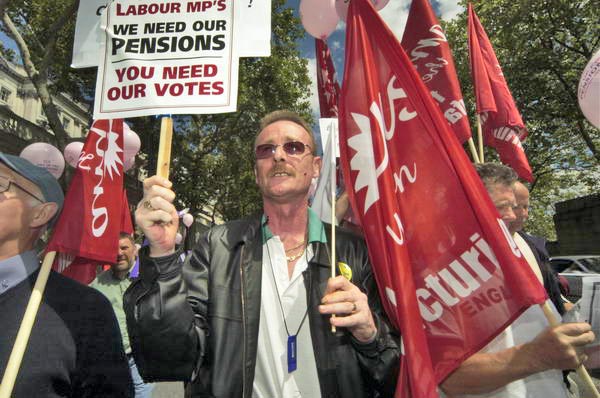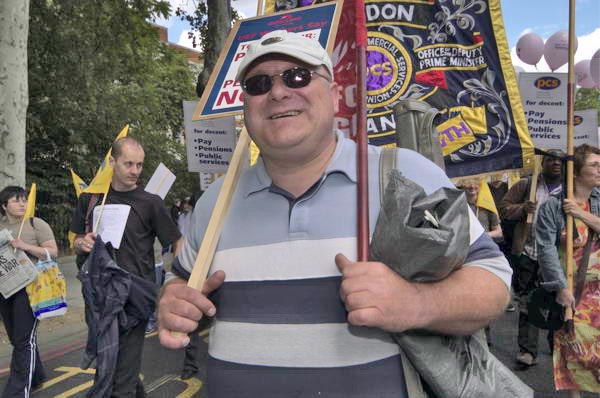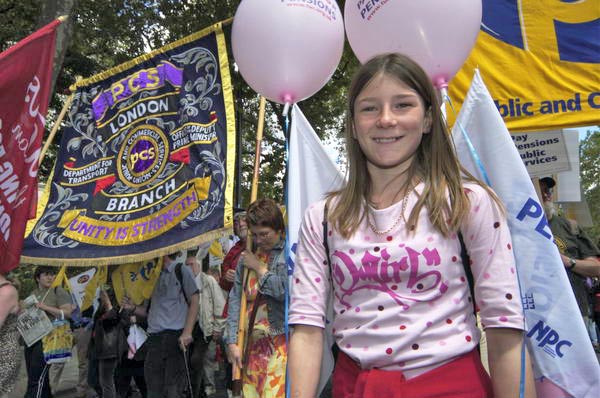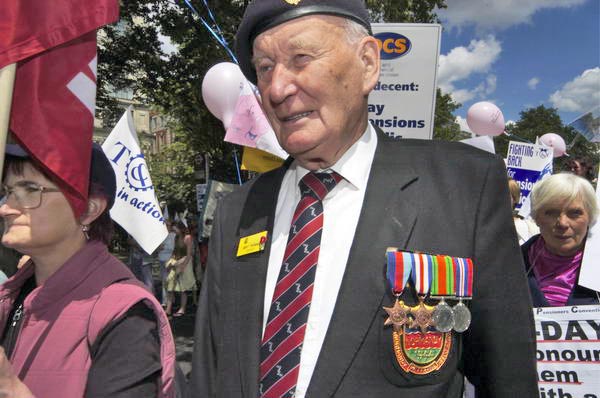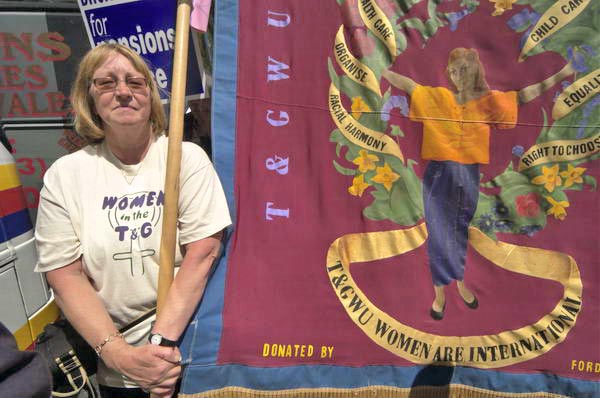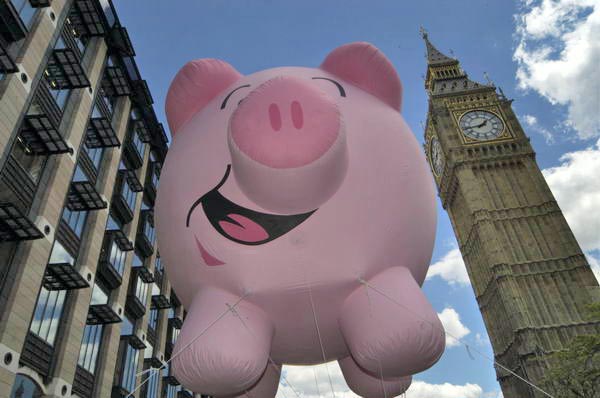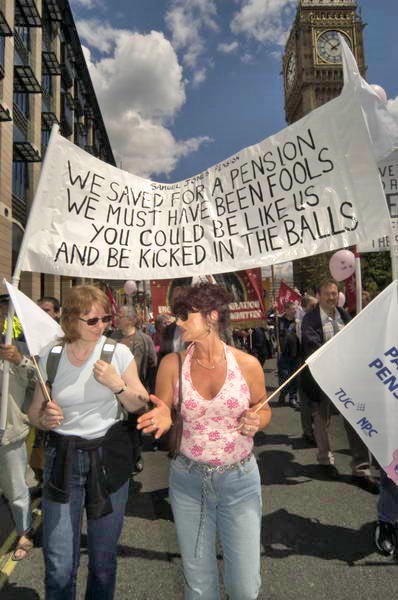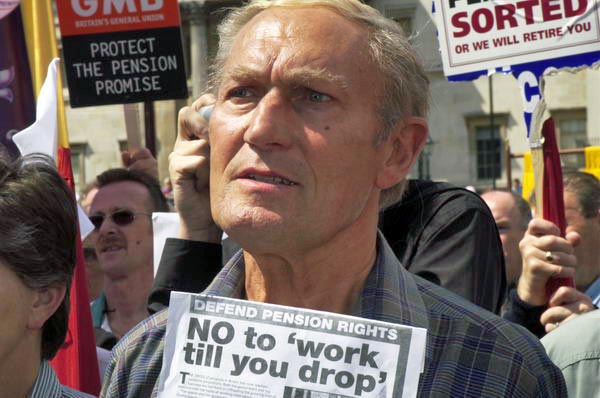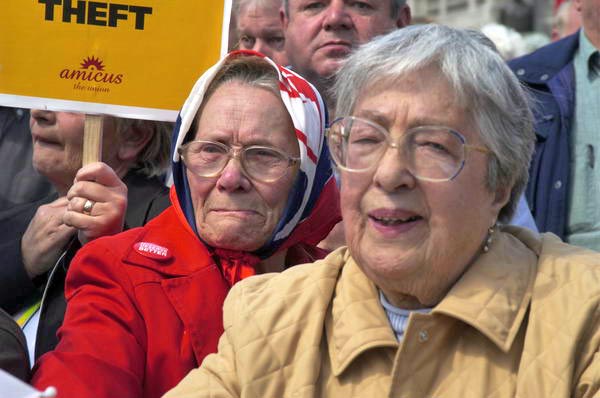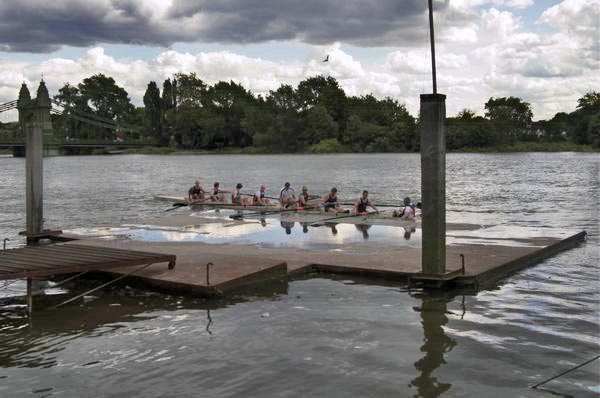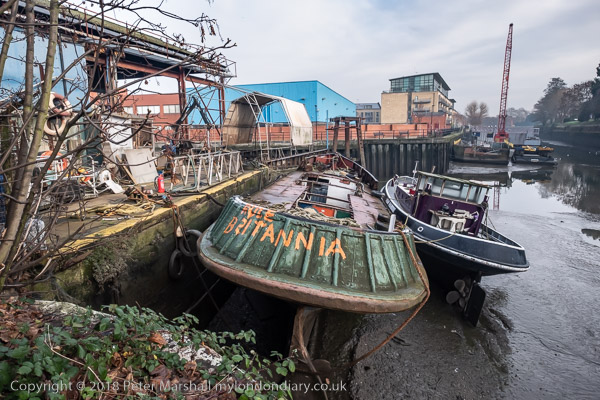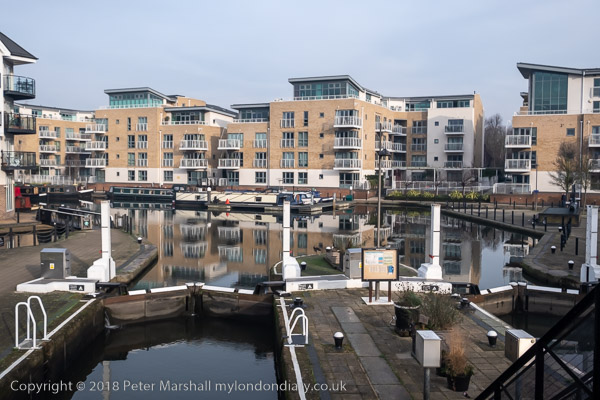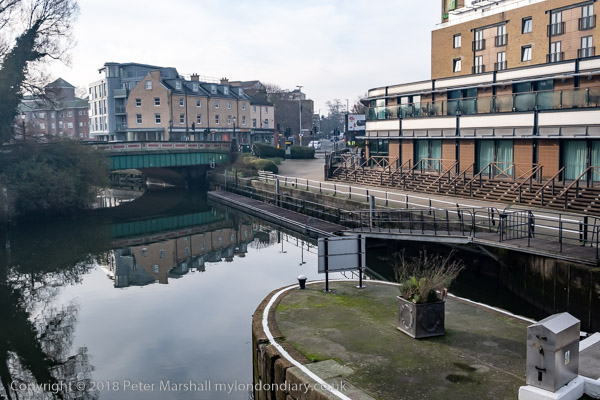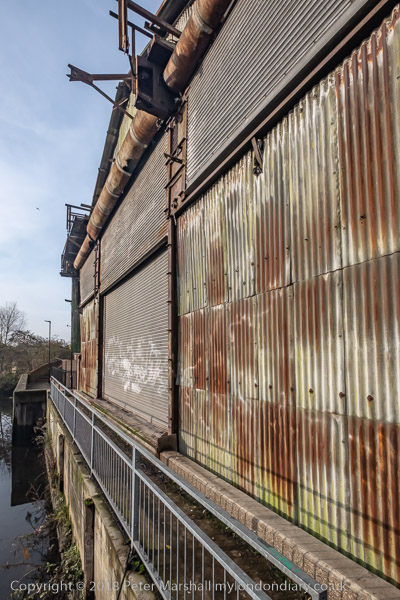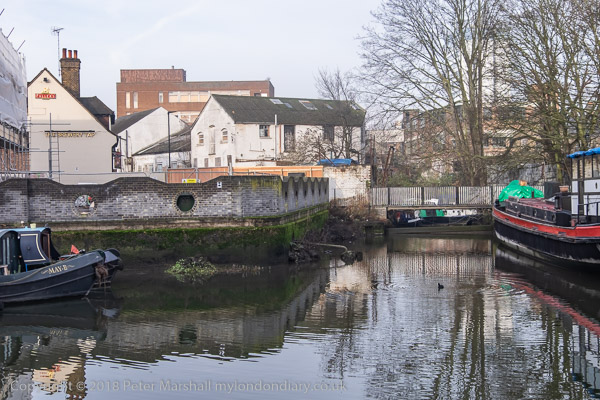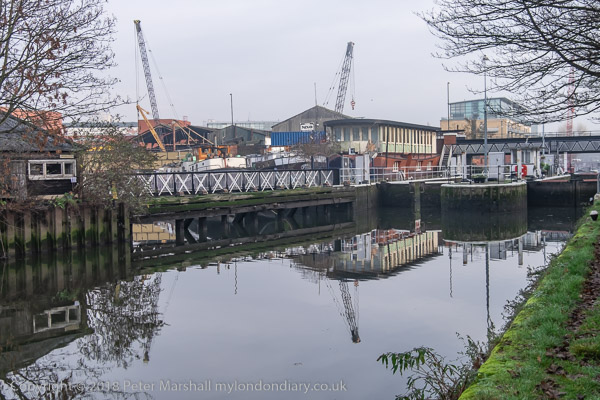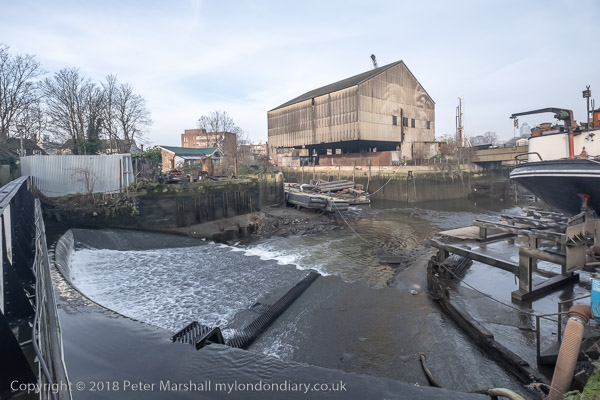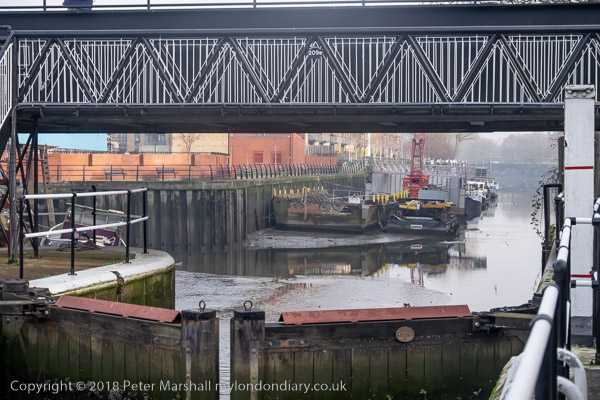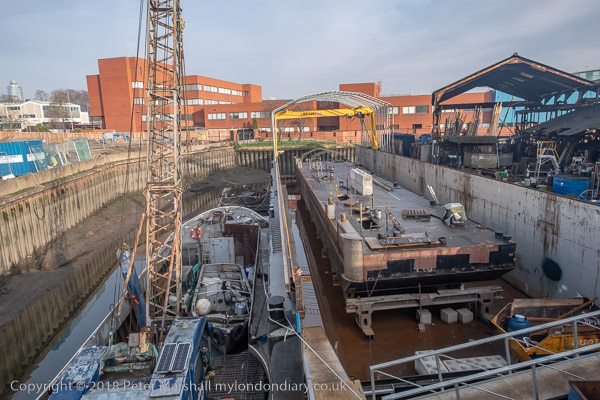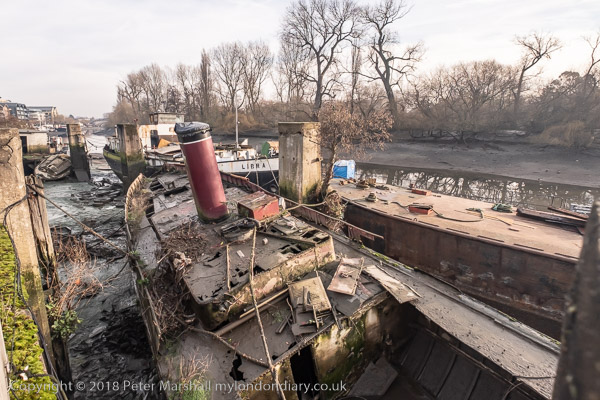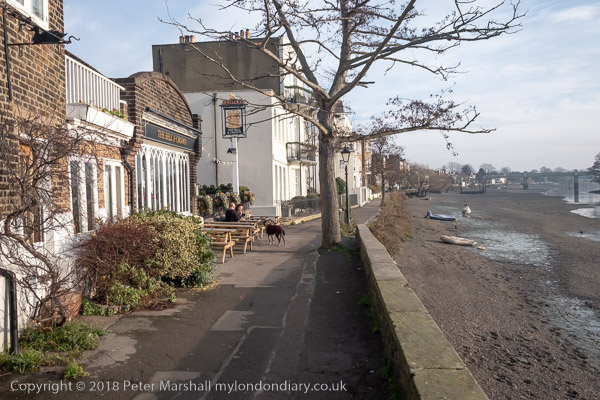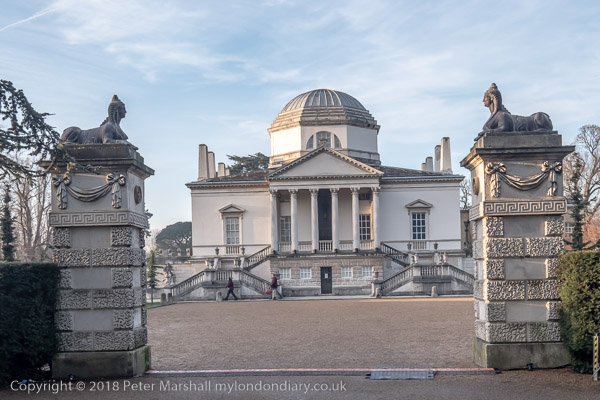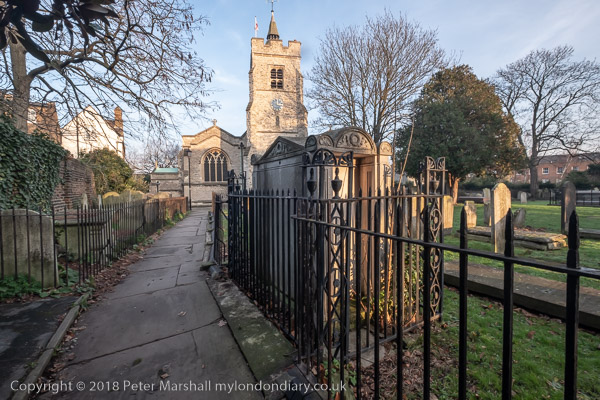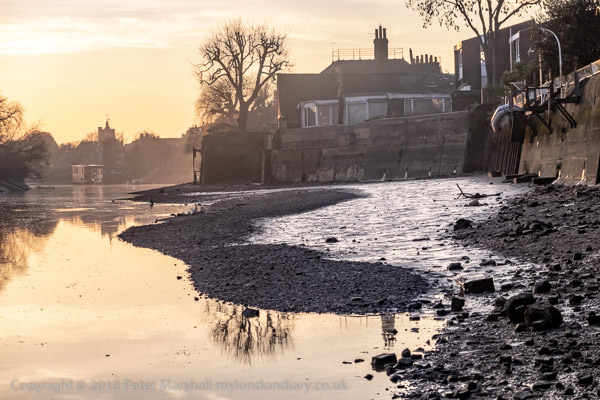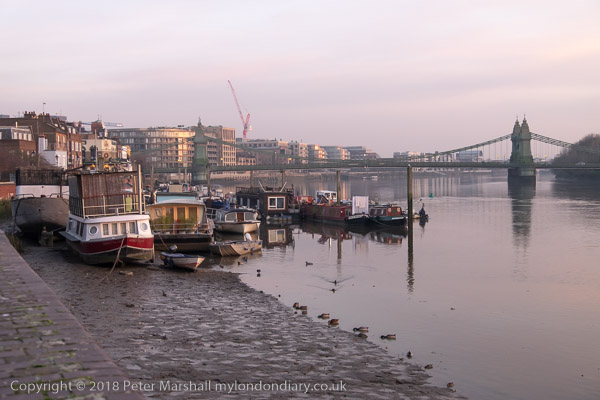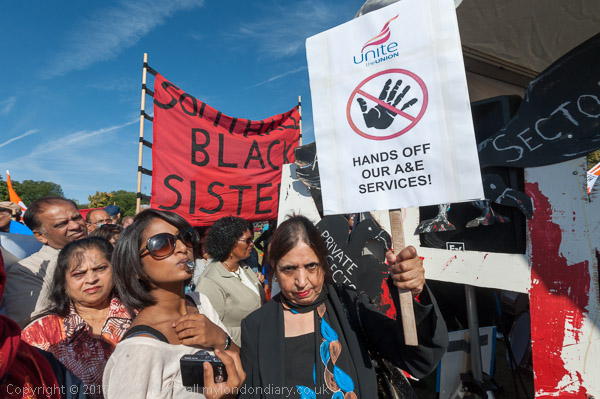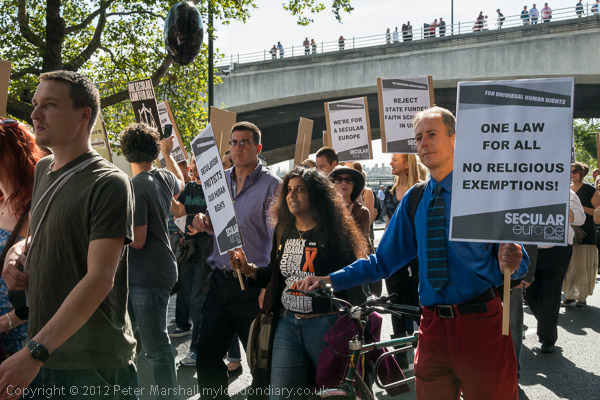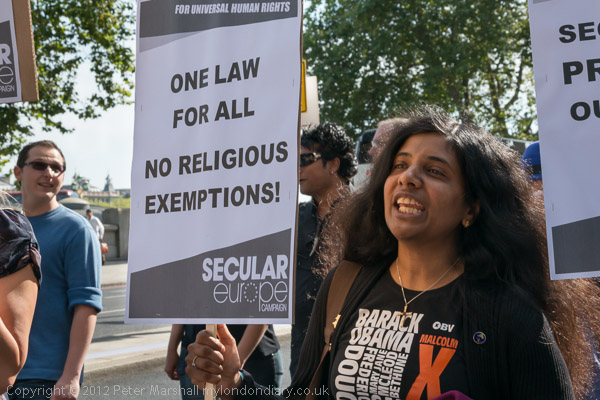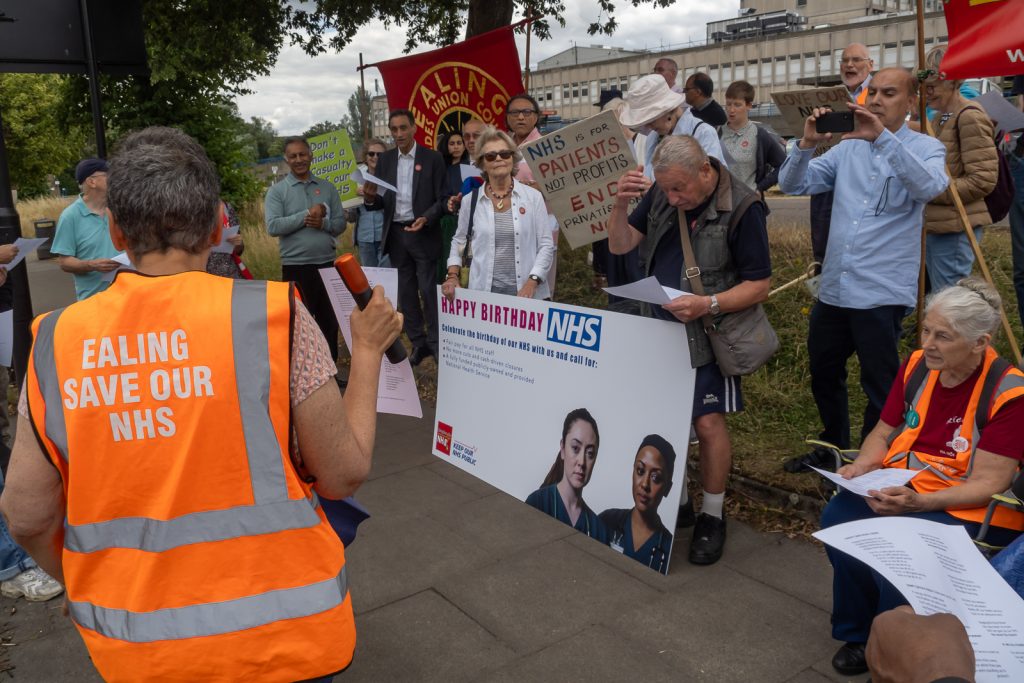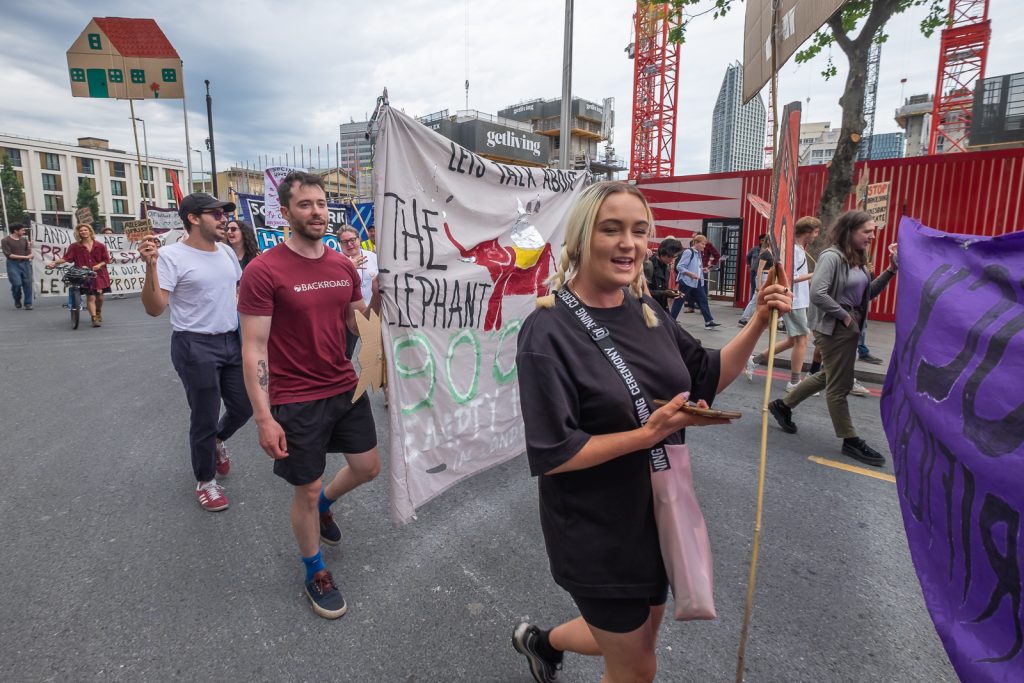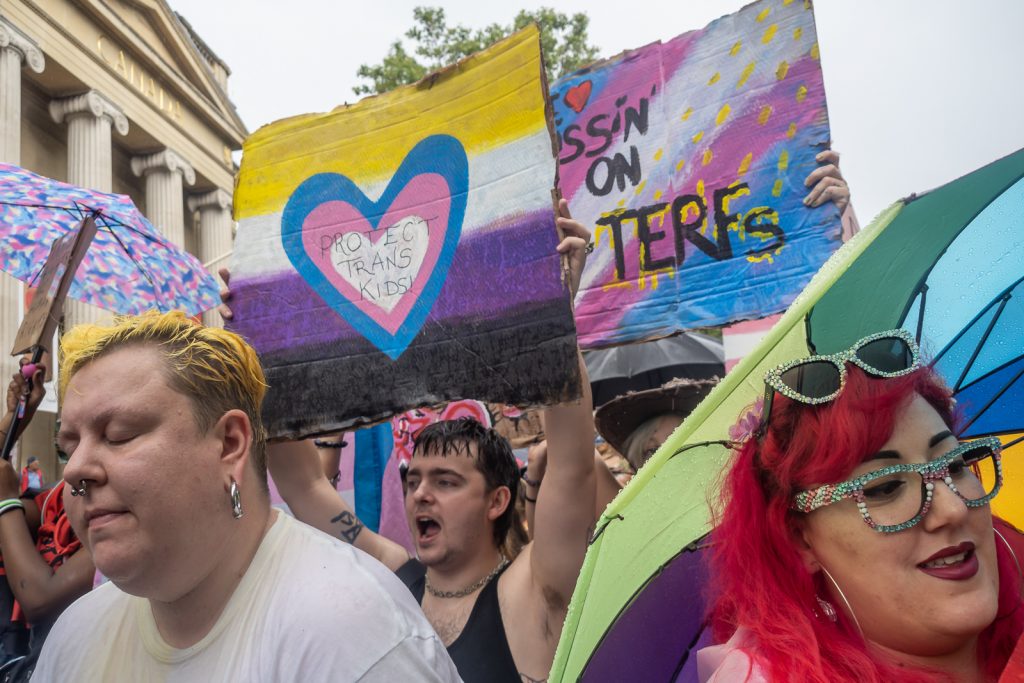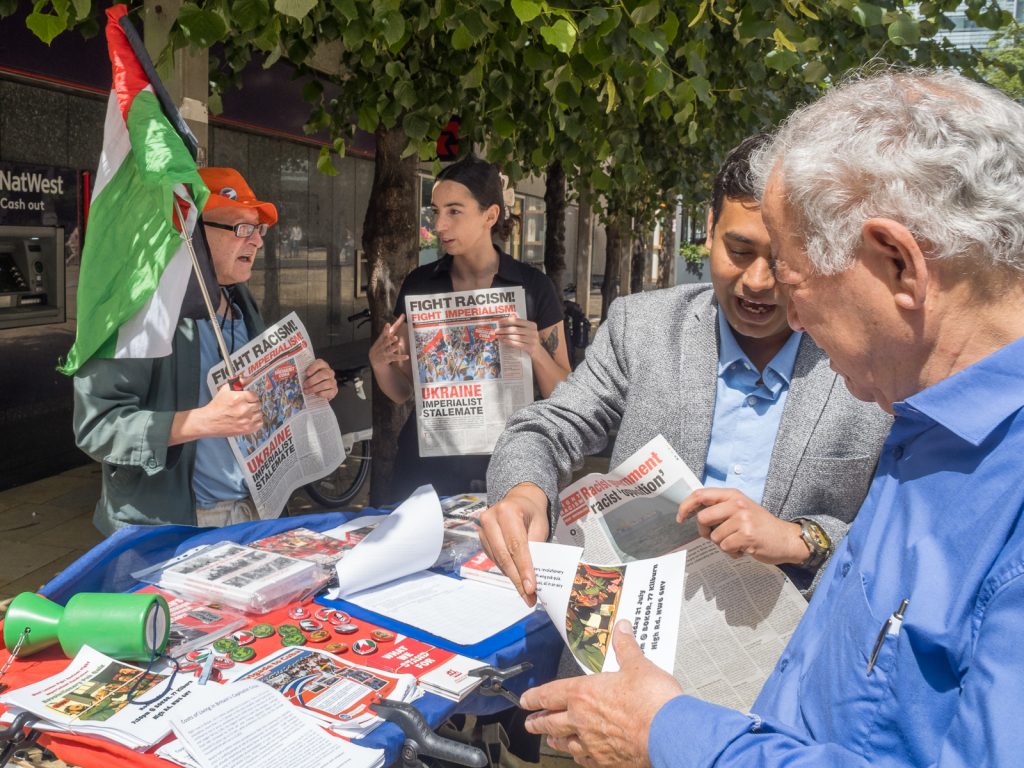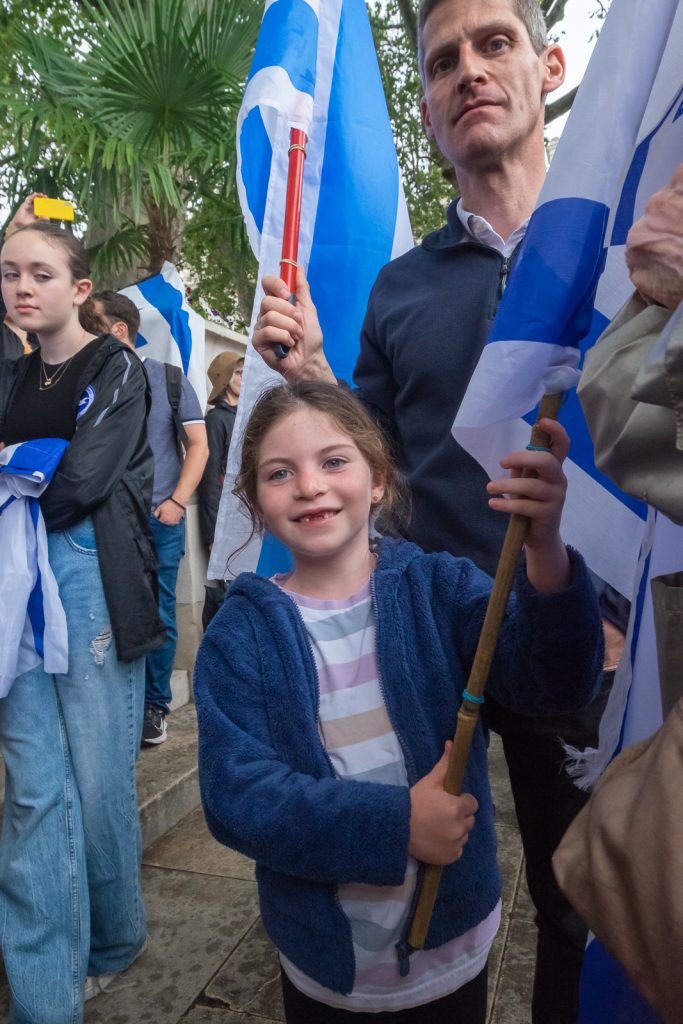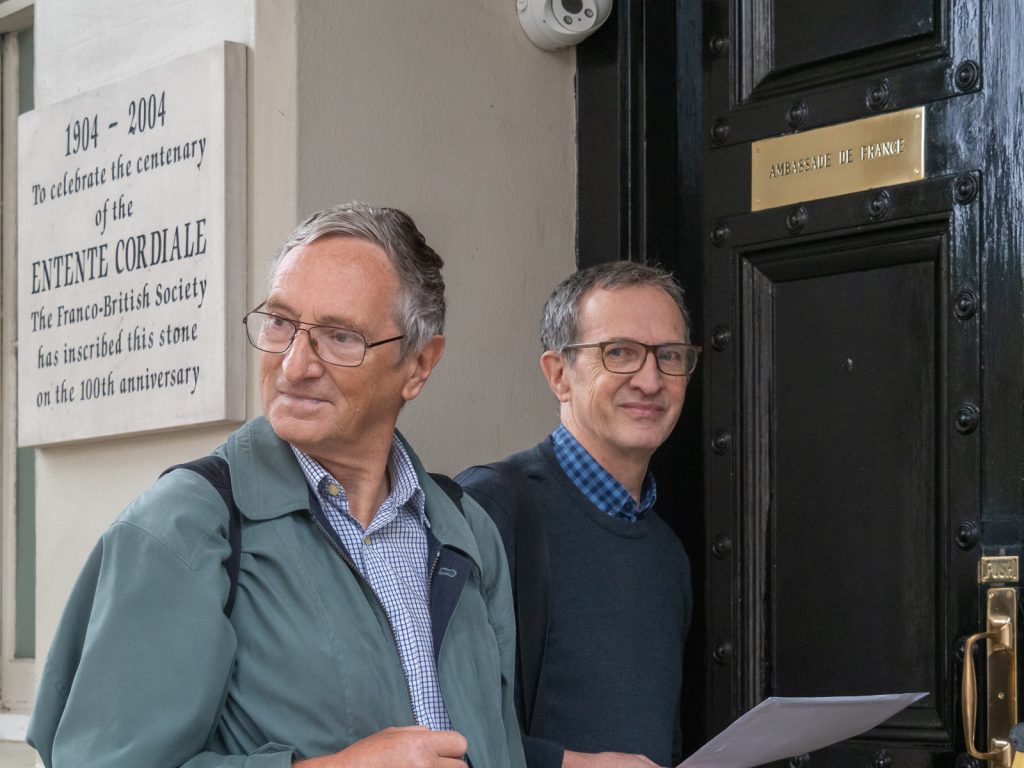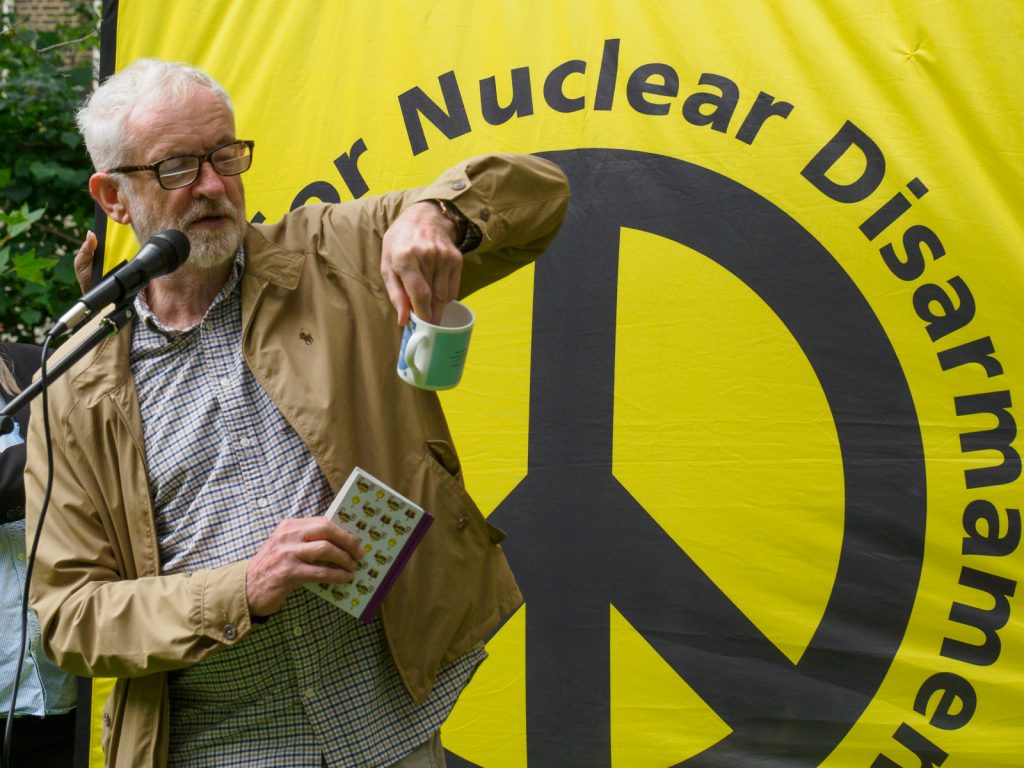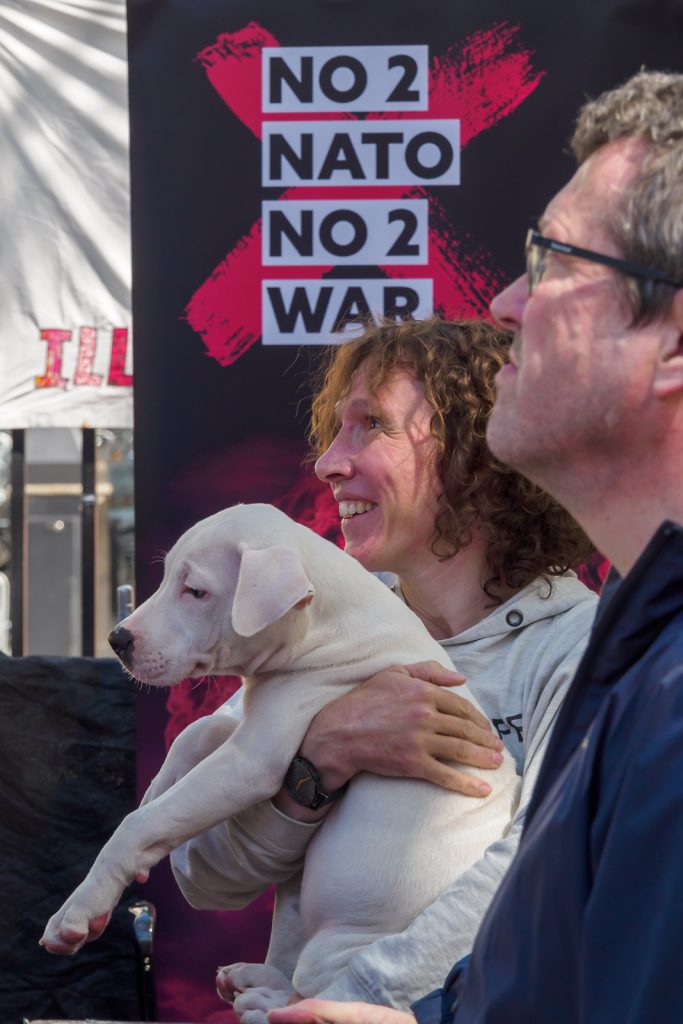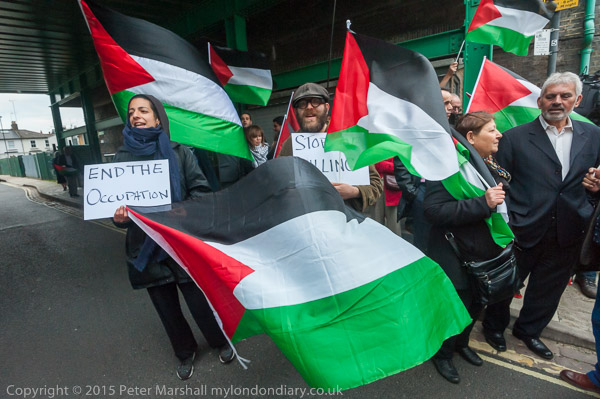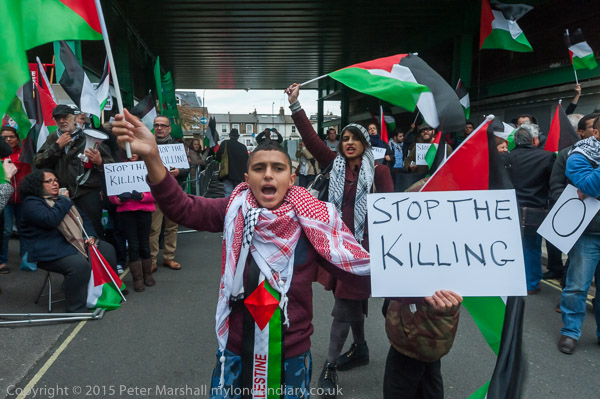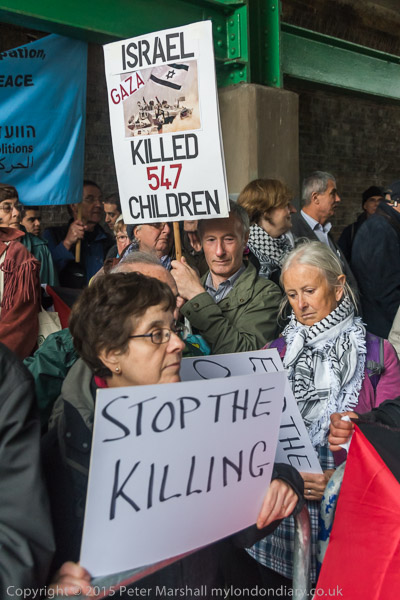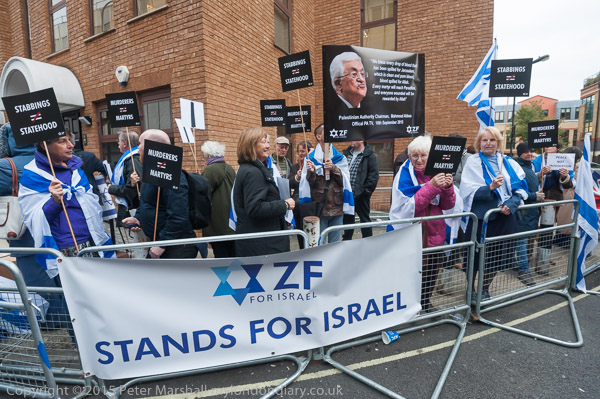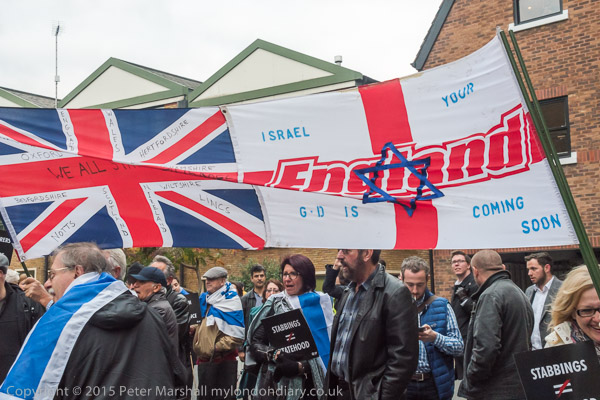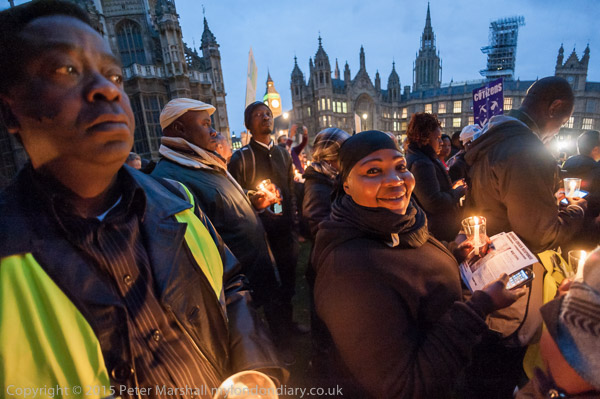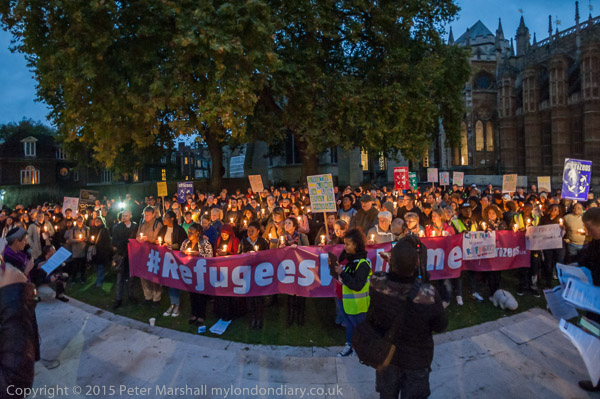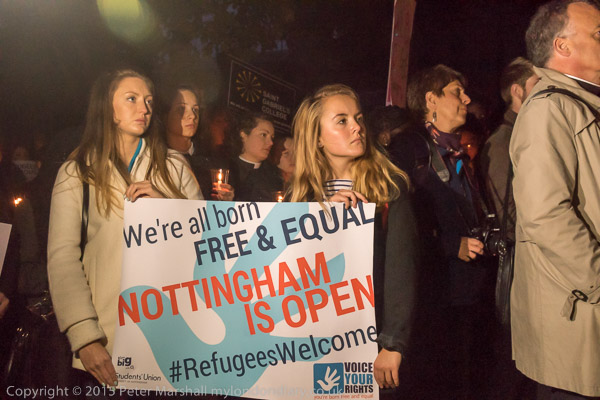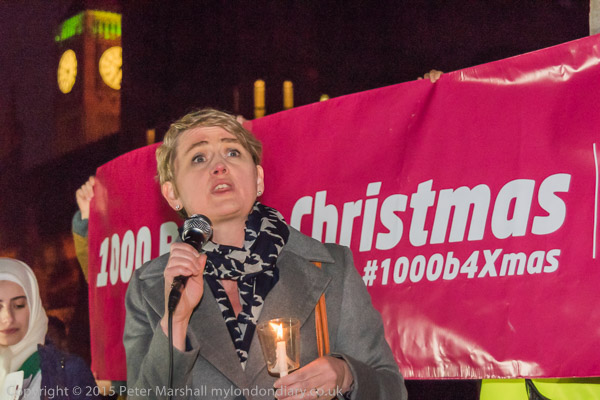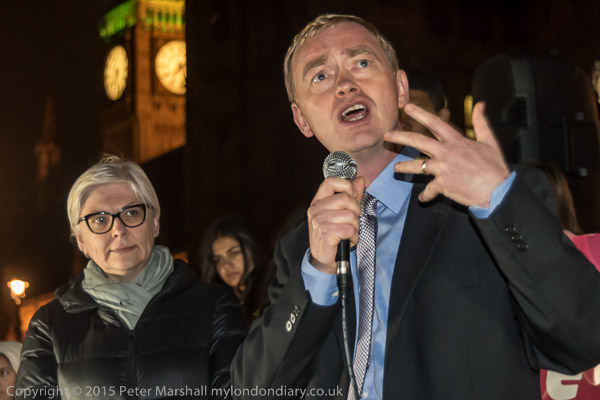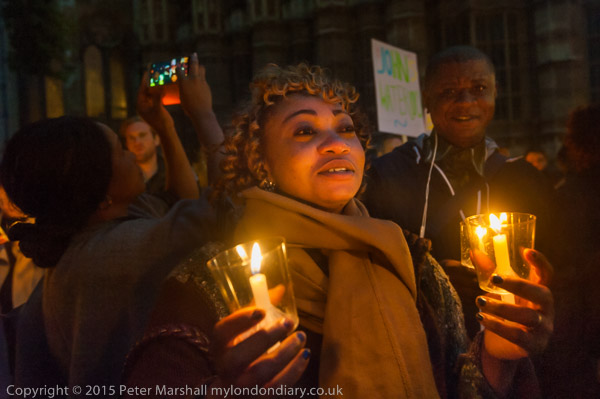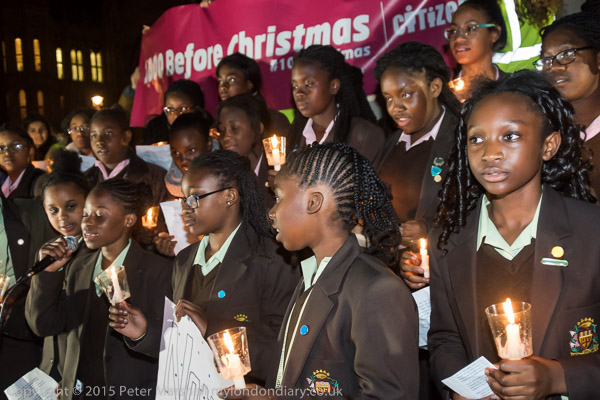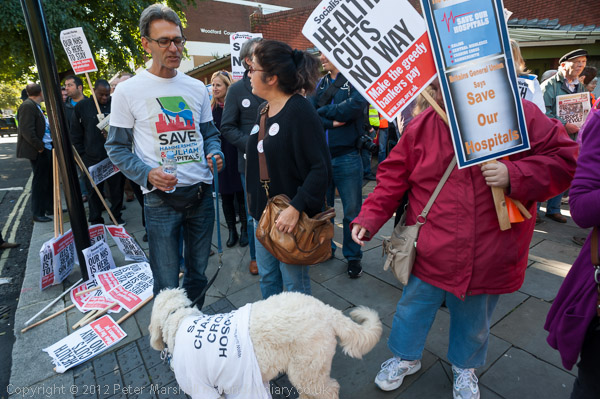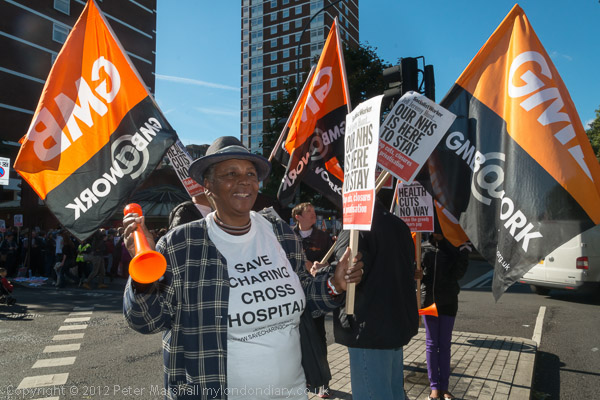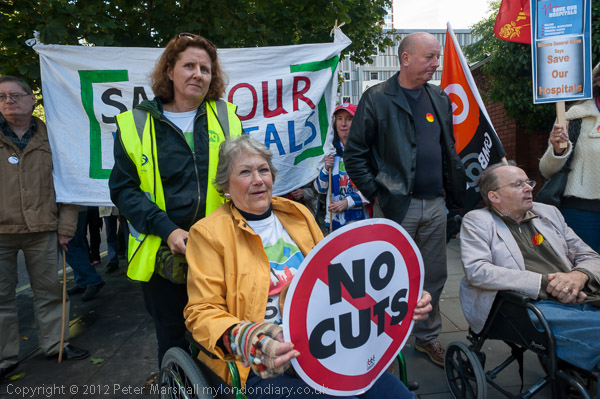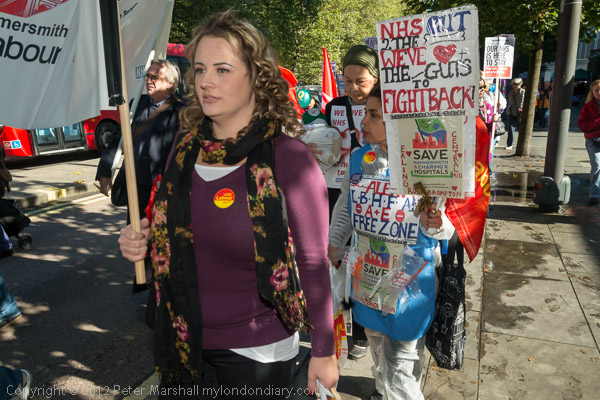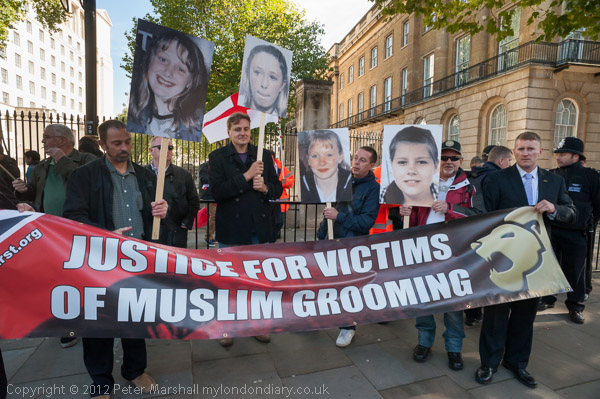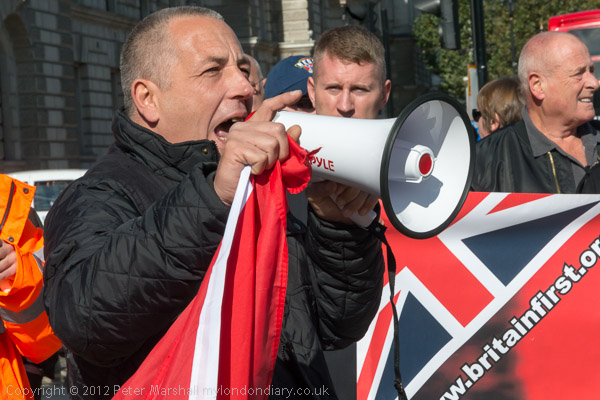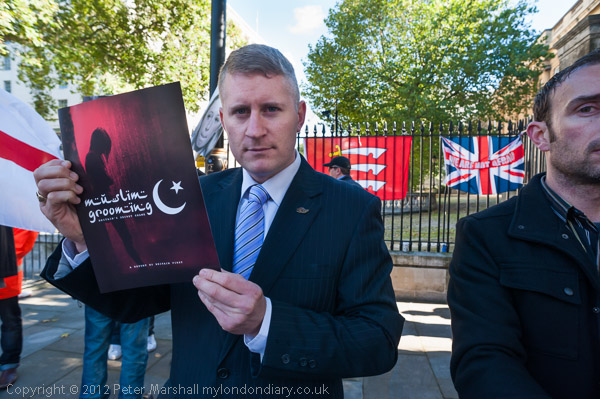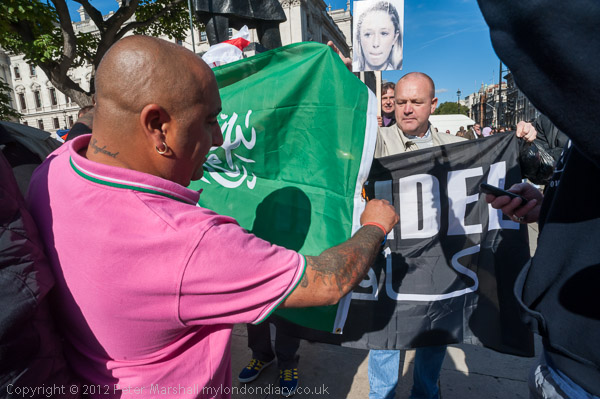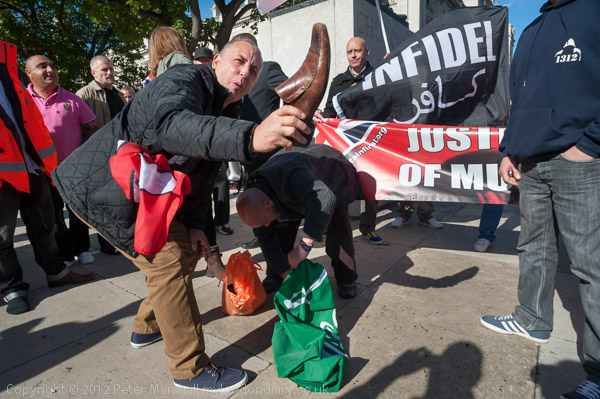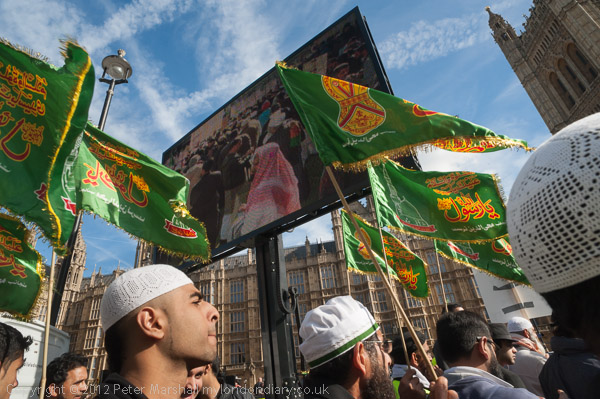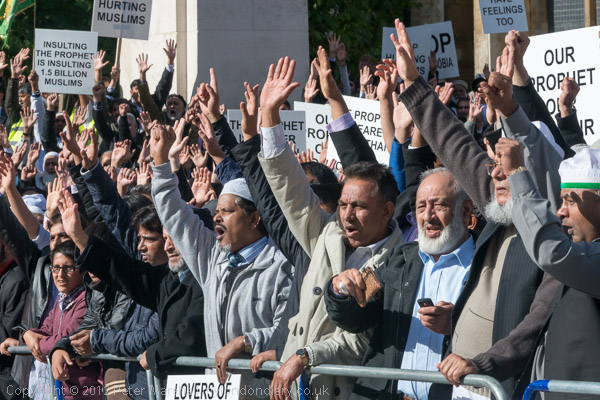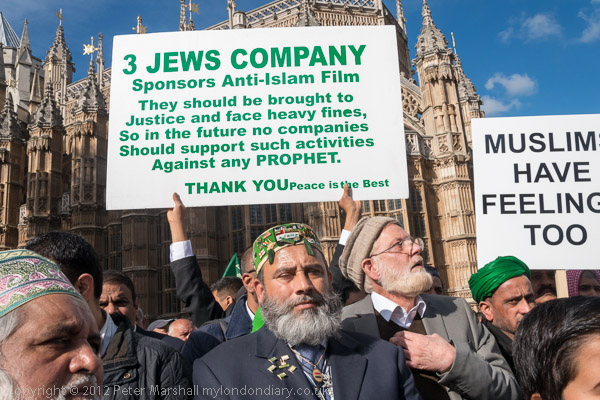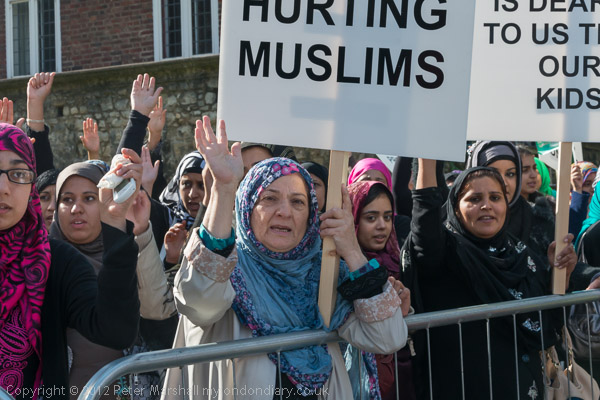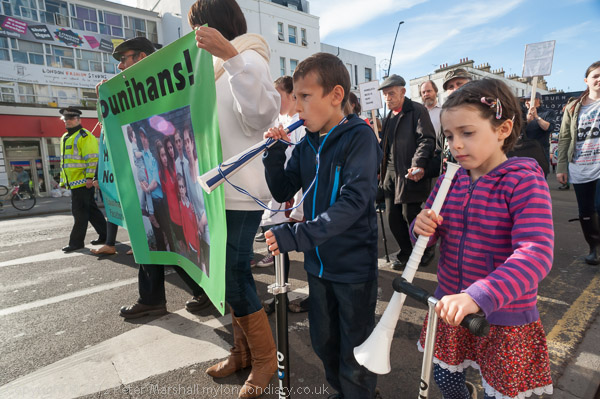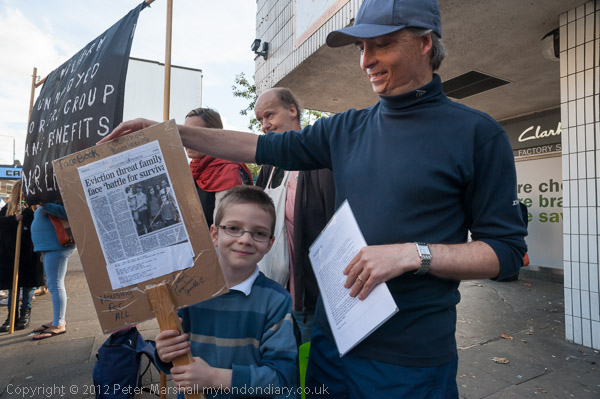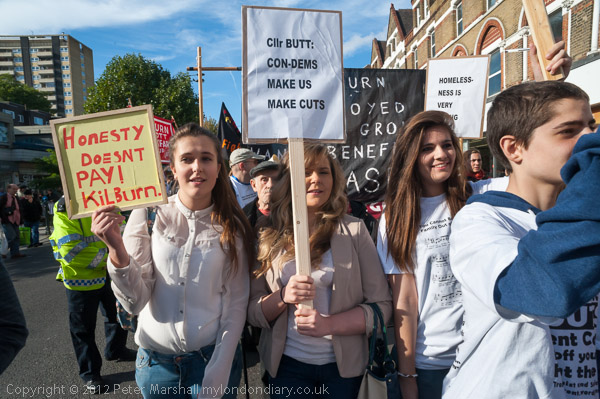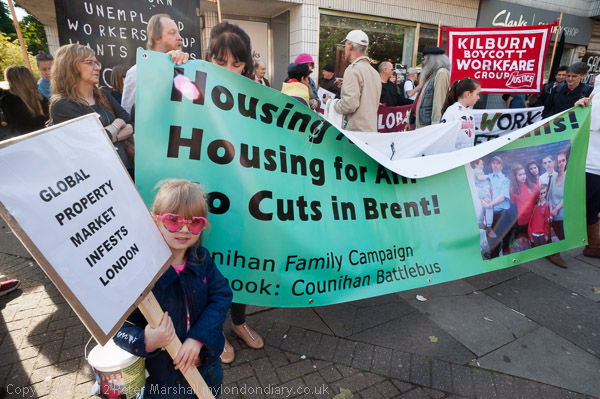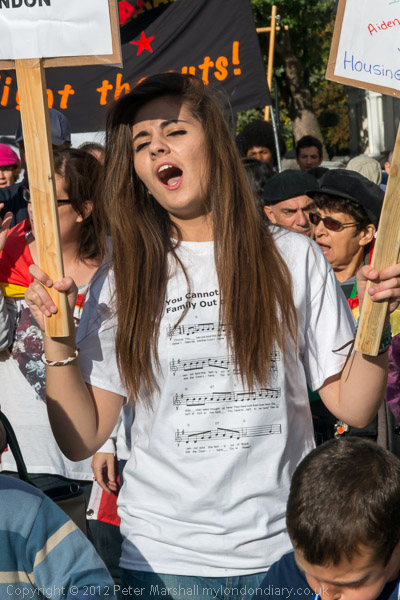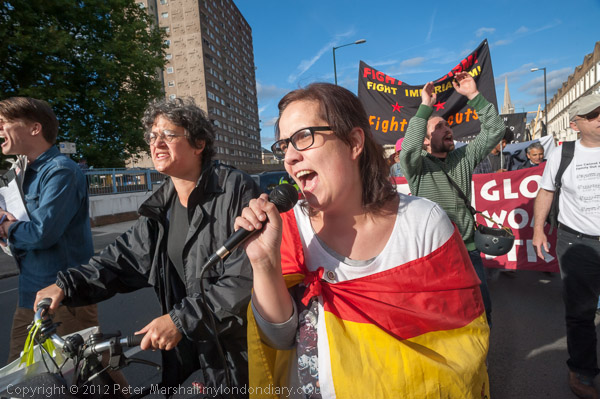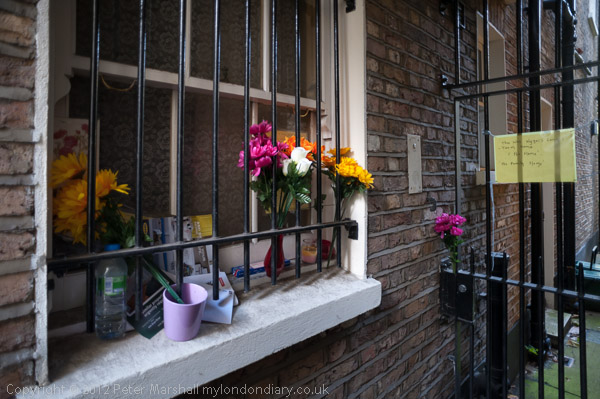BHS, Rolls-Royce, Pubs & Funerals, Hammersmith: The previous post from my walk on Sunday 7th January 1990 was Latymer, Cromwell, Britannia, Chapels, Shops & Bevan – 1990.
Bridge Avenue used to run from King Street to Hammersmith Bridge Road close to Hammersmith Bridge, but was severed with the building of the Great West Road through Hammersmith in the 1960s, the section to the south of this now being Bridge View, though the two are still linked for cyclists and pedestrians by a crossing.
This derelict building was demolished and replaced by a block of offices which is now occupied as the sixth-form block of a Free School. You can faintly make out its former name above the doorway BRITISH HOME STORES. This had its main 1937 Deco frontage at 111-117 King Street, still visible above more recent shopfronts (see below.)
I also photographed the Grade II listed mid-nineteenth century terrace at 1-31 on the east side of Bridge Avenue but have not yet digitised this.
Frank Dale and Stepsons was an unusual business name and the shop, a high-end car showroom, seemed an unusual building for a high street here. The company, trading in Rolls-Royce and Bentley motor cars was set up by Frank Dale in 1946 in Paddington, moved to Holbein Place off Sloane Square in 1966, on to Fulham in 1972 and to these larger premises in Hammersmith in 1985. In 2000 they went further west to Harlequin Avenue off the Great West Road in Brentford and since 2020 has been based in Sandhurst on the borders of Berkshire, Hampshire, and Surrey. The company history is well illustrated on its web site.
This building at 120-124 King Street was on the site of a pub established in 1419 and later known as the Plough & Harrow Public House. The building dated from 1903 and the pub closed around 1960. The facade was retained when the site was rebuilt around 2002 and its ground floor resurrected the old pub name as a Wetherspoons. A pleasantly airy alternative to the William Morris a short walk away it was closed by the company in June 2025. The upper floors are a hotel.
This is the 1937 Deco frontage of the former British Home Stores. When I made this picture it was Wades’ NATIONAL UPHOLSTERY CLEARANCE CENTRE, but was holding its Branch Closing Down Sale. Wade Upholstery are apparently “recognised as one of the finest British makers of sofas and chairs, with a history dating back to 1921, and is sold by the best furniture retailer’s around the world.”
Two bridges carry the District and Piccadilly lines across Cambridge Grove and this entrance is on the west side of the road next to the northern of the two. Since 2020 this has been The Clay Garden, a ceramics studio running pottery classes, membership, private hire and masterclasses.
The Cambridge Arms was built in 1853 but following a major refurbishment in 1997 it was renamed The Stonemasons Arms and it mainly caters for young professional people and prides itself for “serving craft beer and sourdough pizzas daily.”
Behind it is St John the Evangelist, Glenthorne Road, by William Butterfield built 1857–9. Grade II* listed, it closed as a church in 2005 and is now used by Godolphin and Latymer School as a performing arts centre.
Another pictures of the Cambridge Arms. Formerly a Watney Combe Reid house it was revamped by Fuller’s. On its side are what I think are the arms of the Prince of Wales – the Duke of Cambridge is a hereditary title of nobility in the British royal family.
Arthur Luckett was an undertaker with this shop at 59 Glenthorne Road, Hammersmith. Later it became a Unisex hairdressing salon who added an awning which rather spoils the frontage and more recently a property management company.
The modern offices at right were for Phillips Medical Systems and have since been replaced.
Finally in Hammersmith I made this picture of Ashcroft Square in Leamore St, a 1973 housing estate on top of a shopping centre designed by Richard Seifert. The shops were only officially opened in 1979. The Kings Mall Shopping Centre is now owned by IKEA.
But this was not the end of my walk. I jumped on a bus to take me a mile or so to the west before the pictures in another post.
Flickr – Facebook – My London Diary – Hull Photos – Lea Valley – Paris
London’s Industrial Heritage – London Photos
All photographs on this page are copyright © Peter Marshall.
Contact me to buy prints or licence to reproduce.















